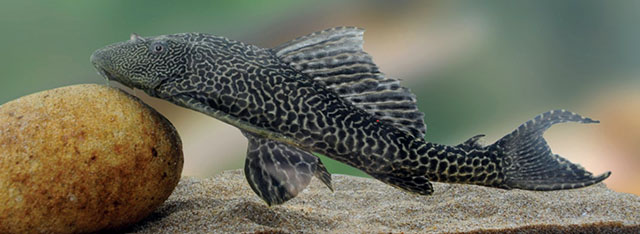| Loricariidae (Armored catfishes), subfamily: Hypostominae |
| 70 cm TL (male/unsexed) |
|
demersal; freshwater |
| South America: Madeira River basin. Introduced to countries outside its native range. |
|
Dorsal soft rays (total): 10-14; Anal soft rays: 3-5 |
| Typically from floodplain lakes, swamps and borrow pits, in poorly-oxygenated waters and must rely on air breathing for long periods of time. Has a specialized (enlarged) stomach which appear to function as accessory respiratory organs (Ref. 58517). |
|
Least Concern (LC); Date assessed: 25 November 2020 Ref. (130435)
|
| potential pest |
|
Relatively abundant in several natural streams - Hillsborough River drainage, Florida; Pearl River, Mississippi; Julian reservior, North Carolina; Long Lake, Washington, etc. May have a significant impact on the aquatic food base negatively affecting native invertebrate and vertebrate species (Nico, personal observations Ref. 56962). Reported to attach to endangered native manatees (Trachechus manatus latirostris) and graze on the epibiota of their skin, adverse impact on manatees uncertain (Ref. 82066). |
Source and more info: www.fishbase.org. For personal, classroom, and other internal use only. Not for publication.

